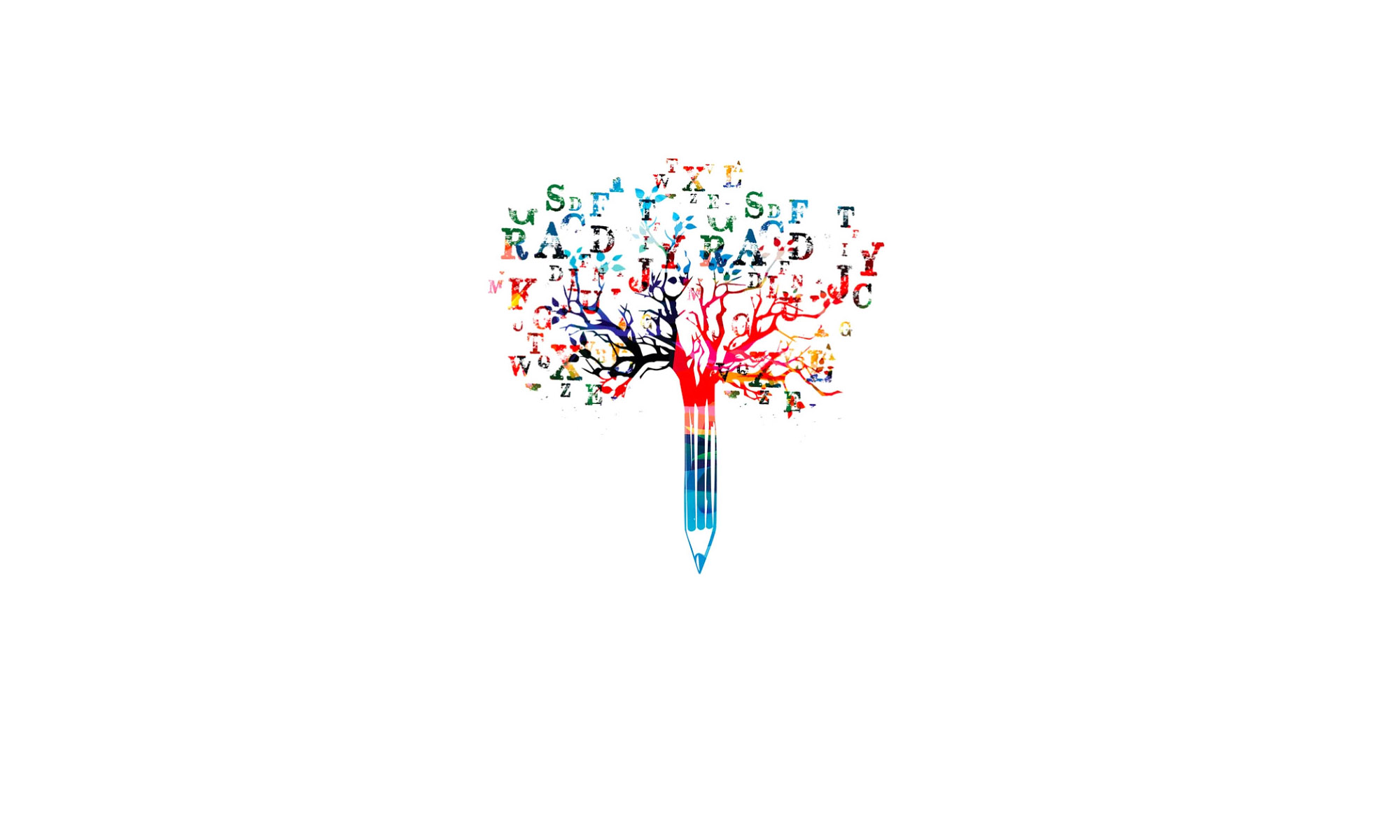This brief journey into the fascinating world of ekphrasis will not end here, as there is still much to explore in relationships that we find between poetry and painting. Poets continue to be inspired by the arts, the arts continue to change and develop in interesting ways, and when the two meet, we are often surprised at what we can learn about both poetry, painting, and the times and places that generated them.
There are many types of relationships between literature and the visual arts, and ekphrasis is just one of these, yet a very important one. As we know, ekphrastic response to the visual arts can be found as early as Homer and continues to be a popular literary trope (or genre) today. But since it has been recognized only relatively recently as a word, let alone a field of study, I decided to begin my blog by placing ekphrasis firmly in the limelight. In Part 2, I will turn my attention to the art of Illustrating poetry, in particular the Pre-Raphaelites and their illustrations of Tennyson’s poems, among others. The reason for following Part I with Illustration is that what we now know about ekphrasis can also be said about illustration of texts (a kind of ‘reversed ekphrasis’ or ‘visual ekphrasis’, as I have argued elsewhere)1 and I think that we now have a fair groundwork from which we can make these discoveries.
1. October, 2007: “Beyond Illustration: Visual Ekphrasis and Intermediality”, International Conference on Intermediality sponsored by the Nordic Society for Interarts Studies at Linneaus University, Växjo, Sweden.
